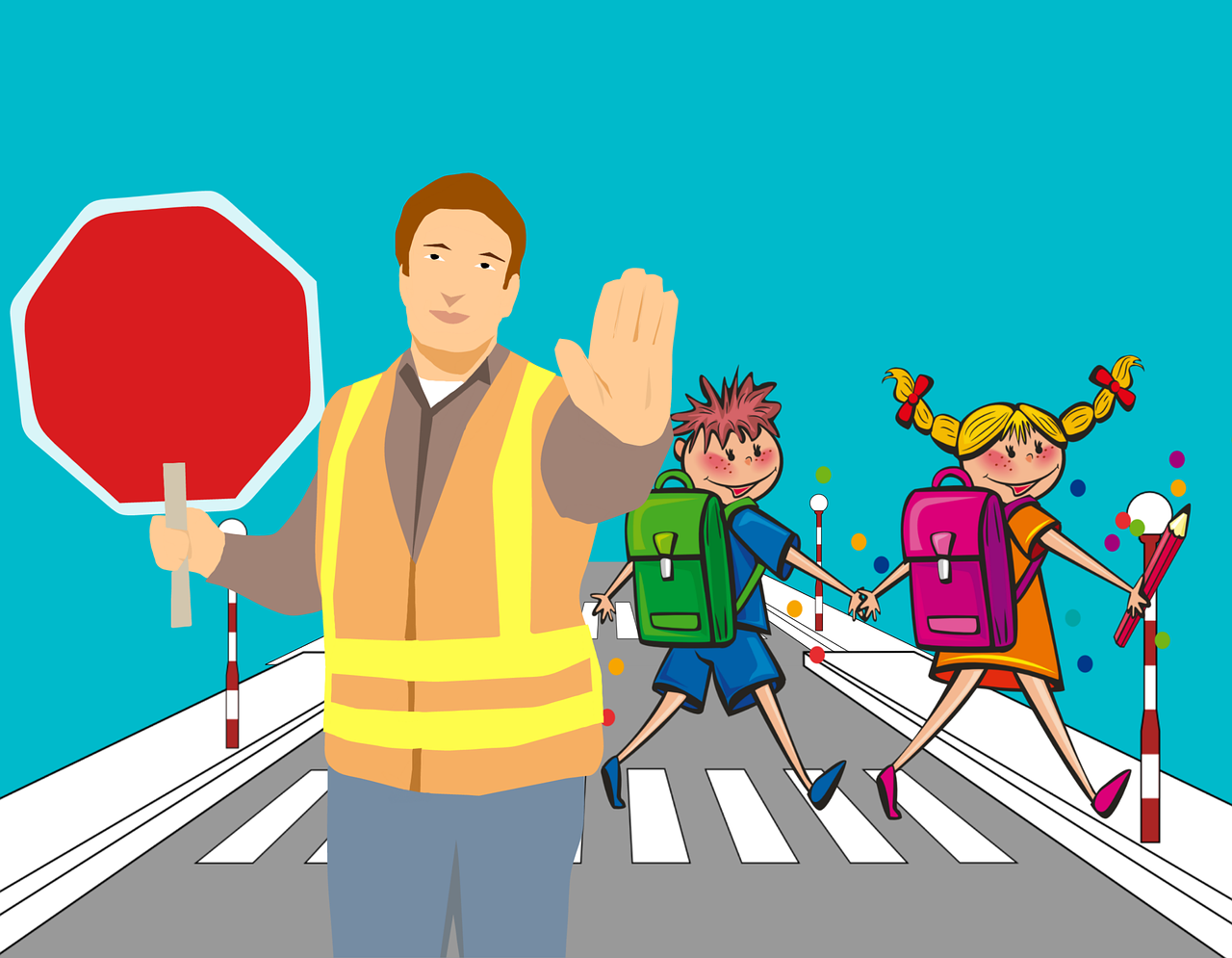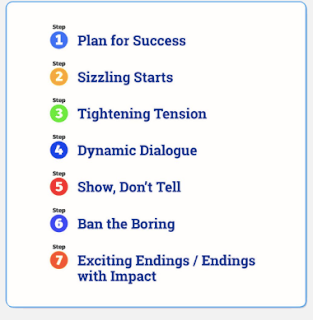I am excited to share my inquiry in 3 minutes at our Bursts and Bubbles. Thought, Idea, Innovation, Imagination, Inspiration


The catalytic aspect of student learning for my inquiry was gifting vocabulary across my literacy program in an effort to increase overall literacy achievement for my learners.
I identified this as my focus when I noticed that while the cluster wide and school wide data showed a need to focus on improving reading many of the learner in my learning space were struggling writer coming into year 3 writing at a 1B level.
The sources of evidence and data I used were from both the areas of interest for me and my learners. I used Star Reading data, Running records, e-asstle writing data, samples of writing taken from the learners writing books as well as my own observational notes of students reading and writing behaviours.
The main patterns of student learning I identified in the profiling phase were that learners were writing very short stories that were lacking in the areas of ideas and organisation. They also struggled with decoding in reading with all 11 learners in my target groups reading at a year 1 level. While they were eager learners they often struggled to get started and to attempt unknown words in both reading and writing.
My profiling of my own teaching looking back at previous years data showed that I made good progress in reading using my current approach. I noted however that when teaching writing I was not gifting the amount of language I suspected was enough to support vocabulary acquisition and retention in reading or writing. This led me to think carefully about the gifting process in my teaching when the introduction of texts for reading, engaging learners in a writing experience and throughout the writing process.
The changes I made in my teaching were carefully selecting language when introducing learners to their texts in reading. I also worked on intentionally gifting language throughout the writing process and making this rewindable the use of audio clips in the explain thing activities. During my implementation I notice that writing was still short and that sight word writing was holding learners back. This is when I worked on building automaticity of sight words in context.
The literature/expertise that mostly helped me decide what changes to make were looking back at the inquiries in this area conducted by others in the past. I also drew on the professional learning from Jannie Van Hees and took the ideas she shared in CoL meeting and team meeting into my practice.
Overall I would rate the changes in student learning as interesting The evidence for this is that student achievement in reading was great with all but 2 learners making over a years progress and 2 learners making over 2 years progress. This is significant for these learners when compared their progress in previous year. While learners writing length increase this did not translate into shifts in writing level on the e-asttle test. I wonder if more regularity in implementation of approach would change the impact.


The catalytic aspect of student learning for my inquiry was gifting vocabulary across my literacy program in an effort to increase overall literacy achievement for my learners.
I identified this as my focus when I noticed that while the cluster wide and school wide data showed a need to focus on improving reading many of the learner in my learning space were struggling writer coming into year 3 writing at a 1B level.
The sources of evidence and data I used were from both the areas of interest for me and my learners. I used Star Reading data, Running records, e-asstle writing data, samples of writing taken from the learners writing books as well as my own observational notes of students reading and writing behaviours.
The main patterns of student learning I identified in the profiling phase were that learners were writing very short stories that were lacking in the areas of ideas and organisation. They also struggled with decoding in reading with all 11 learners in my target groups reading at a year 1 level. While they were eager learners they often struggled to get started and to attempt unknown words in both reading and writing.
My profiling of my own teaching looking back at previous years data showed that I made good progress in reading using my current approach. I noted however that when teaching writing I was not gifting the amount of language I suspected was enough to support vocabulary acquisition and retention in reading or writing. This led me to think carefully about the gifting process in my teaching when the introduction of texts for reading, engaging learners in a writing experience and throughout the writing process.
The changes I made in my teaching were carefully selecting language when introducing learners to their texts in reading. I also worked on intentionally gifting language throughout the writing process and making this rewindable the use of audio clips in the explain thing activities. During my implementation I notice that writing was still short and that sight word writing was holding learners back. This is when I worked on building automaticity of sight words in context.
The literature/expertise that mostly helped me decide what changes to make were looking back at the inquiries in this area conducted by others in the past. I also drew on the professional learning from Jannie Van Hees and took the ideas she shared in CoL meeting and team meeting into my practice.
Overall I would rate the changes in student learning as interesting The evidence for this is that student achievement in reading was great with all but 2 learners making over a years progress and 2 learners making over 2 years progress. This is significant for these learners when compared their progress in previous year. While learners writing length increase this did not translate into shifts in writing level on the e-asttle test. I wonder if more regularity in implementation of approach would change the impact.





















































